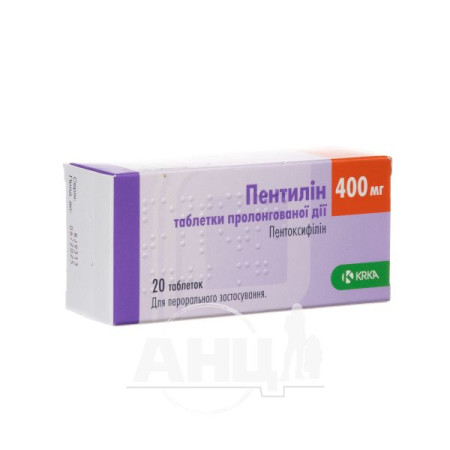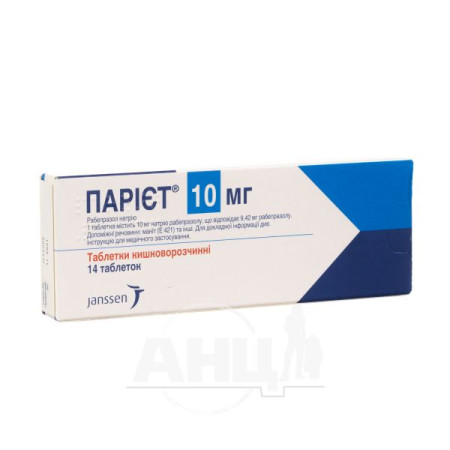Aspazmin modified-release capsules 200 mg blister No. 30

Instructions Aspazmin capsules with modified release 200 mg blister No. 30
Composition
active ingredient: 1 capsule contains mebeverine hydrochloride 200 mg;
excipients: microcrystalline cellulose, mannitol (E 421), spherical sugar, povidone, sodium lauryl sulfate, ethyl cellulose, hypromellose (hydroxypropyl methylcellulose) phthalate, cetyl alcohol;
capsule shell composition: gelatin, titanium dioxide (E 171).
Dosage form
Modified-release capsules are hard.
Main physicochemical properties: hard gelatin capsules with a white cap and body. The contents of the capsules are white or almost white pellets.
Pharmacotherapeutic group
Drugs used in functional gastrointestinal disorders. Synthetic anticholinergics, esterified tertiary amines.
ATX code A0ZA A04.
Pharmacological properties
Pharmacodynamics
Mechanism of action and pharmacodynamic effects.
Mebeverine is a myotropic antispasmodic with selective action on the smooth muscles of the digestive tract. Mebeverine eliminates spasms without inhibiting normal intestinal motility. Since this action is not mediated by the autonomic nervous system, there are no typical anticholinergic side effects.
Clinical efficacy and safety.
Significant relief of the predominant symptoms of irritable bowel syndrome (such as abdominal pain, bowel habits) has generally been observed in reference and baseline-controlled clinical trials.
All formulations of mebeverine were generally safe and well tolerated at the recommended dosage regimen.
Children.
It is known that clinical studies of mebeverine have only been conducted in adults. Data on the clinical efficacy and safety of mebeverine in patients aged 3 years and older have demonstrated that mebeverine is an effective, safe and well-tolerated drug.
Mebeverine preparations are effective in relieving symptoms of irritable bowel syndrome in children.
The dosage regimen of the drug in the form of tablets or capsules is determined based on the safety of use and tolerability of mebeverine.
Pharmacokinetics
Absorption.
Mebeverine is rapidly and completely absorbed after oral administration. Due to the prolonged release of the drug from the capsule, it can be taken twice a day.
Distribution.
With repeated use of mebeverine, no significant accumulation occurs.
Biotransformation.
Mebeverine hydrochloride is mainly metabolized by esterases, which in the first stage of metabolism cleave the ester bonds with the formation of veratric acid and mebeverine alcohol. In blood plasma, demethylcarboxylic acid (DMCA) is the main metabolite. The half-life of DMCA at steady state is 5.77 hours. With repeated use of capsules (200 mg 2 times a day), Cmax for DMCA was 804 ng/ml, and tmax was about 3 hours. The relative bioavailability of the prolonged-release capsules was optimal with an average ratio of 97%.
Breeding.
Mebeverine is not excreted unchanged, it is completely metabolized, and the metabolites are excreted almost completely. Veratric acid is excreted in the urine. Mebeverine alcohol is also excreted by the kidneys partly as the corresponding carboxylic acid (CC) and partly as demethylcarboxylic acid (DMCC).
Children.
Pharmacokinetic studies in children have not been conducted.
Indication
Aspazmin is used in adults and children over 10 years of age for:
symptomatic treatment of abdominal pain and cramps, intestinal disorders and discomfort in the intestinal area in irritable bowel syndrome;
treatment of gastrointestinal spasms of secondary genesis caused by organic diseases.
Contraindication
Hypersensitivity to the active substance or to any of the excipients of the medicinal product listed in the "Composition" section.
Interaction with other medicinal products and other types of interactions
No interaction studies have been performed, except for the interaction with alcohol. In vitro and in vivo animal studies have demonstrated the absence of any interaction between mebeverine and ethanol.
Application features
If you have been told by your doctor that you have an intolerance to some sugars, contact your doctor before taking this medicine.
Use during pregnancy or breastfeeding
Pregnancy
There are only very limited data on the use of mebeverine in pregnant women. Animal reproductive toxicity studies are insufficient. Aspasmin is not recommended for use during pregnancy.
Breast-feeding
It is not known whether mebeverine or its metabolites are excreted in human breast milk. The excretion of mebeverine in animal breast milk has not been studied. Aspasmin should not be used during breastfeeding.
Fertility
There are no clinical data on the effect on male or female fertility, however, data from available animal studies do not indicate a harmful effect of Aspazmin.
No studies on the effects on the ability to drive and use machines have been conducted. The pharmacodynamic and pharmacokinetic profile, as well as post-marketing experience, do not indicate any harmful effects of mebeverine on the ability to drive and use machines.
Method of administration and doses
For oral use.
The capsules should be taken with sufficient water (at least 100 ml). It is not recommended to chew them as the capsule coating is designed to provide a prolonged release mechanism.
Adults and children over 10 years of age should take 1 capsule 2 times a day (morning and evening).
The duration of use is not limited. If one or more doses are missed, the patient should take the next dose as prescribed. The missed dose(s) should not be taken in addition to the regular dose.
Special patient groups.
No dosage studies have been conducted in the elderly, patients with renal and/or hepatic impairment. Based on available post-marketing data, no specific risk has been identified in the elderly, patients with renal and/or hepatic impairment. No dose adjustment is considered necessary for these patient groups.
Children
Aspazmin should not be used in children under 3 years of age due to the lack of clinical data on this age group of patients. Aspazmin, 200 mg capsules, should not be used in children aged 3 to 10 years due to the high content of the active substance.
Overdose
Symptoms: Theoretically, central nervous system excitation is possible in case of overdose. In cases of overdose, symptoms were absent or mild and usually resolved quickly. The symptoms of overdose that were observed were of neurological or cardiovascular origin.
Treatment. Specific antidote is unknown. Symptomatic treatment is recommended. Gastric lavage is recommended only in case of intoxication with multiple drugs, which is diagnosed within 1 hour from the moment of taking the drugs. Measures to reduce absorption are not necessary.
Side effects
The following adverse reactions have been reported spontaneously during post-marketing use. The frequency cannot be estimated from the available data.
Allergic reactions were observed predominantly, but not exclusively, on the skin.
Skin and subcutaneous tissue disorders:
urticaria, angioedema, facial swelling, rash.
Immune system disorders:
hypersensitivity (anaphylactic reactions).
Reporting of suspected adverse reactions.
Reporting of suspected adverse reactions after the approval of a medicinal product by the regulatory authorities is an important procedure. It allows for continuous monitoring of the benefit/risk balance of the use of this medicinal product. Healthcare professionals are asked to report all suspected adverse reactions via national reporting systems.
Expiration date
2 years.
Storage conditions
Store in the original packaging at a temperature not exceeding 25 °C.
Keep out of reach of children.
Packaging
10 capsules in a blister; 3 blisters in a pack.
Vacation category
According to the recipe.
Producer
JSC "KYIV VITAMIN FACTORY"
Location of the manufacturer and address of its place of business
04073, Ukraine, Kyiv, Kopylivska St., 38.
Website: www.vitamin.com.ua
There are no reviews for this product.
There are no reviews for this product, be the first to leave your review.
No questions about this product, be the first and ask your question.














